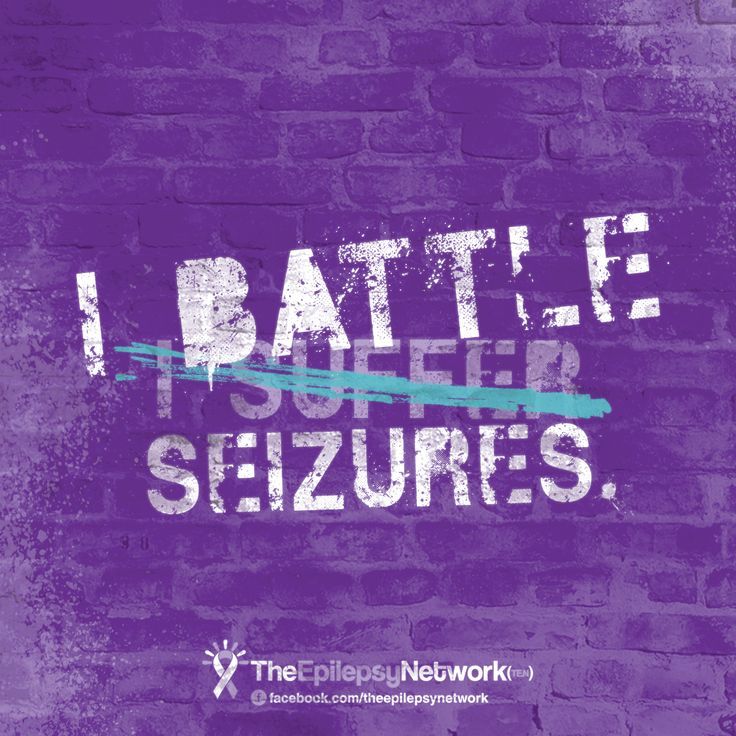Both outcomes and prognosis for infant seizures depend entirely on the type of seizure and the underlying cause. Most families are familiar with hypnic jerks;

Pin by Diane Williams on cerebral palsy awareness♡♡♡ I
The infant's limbs may either stiffen or twitch and jerk, and their eyes may roll.

Myoclonic seizure symptoms baby. Epileptic syndromes that cause myoclonic seizures usually begin in early childhood, and last throughout life, though milder forms may improve with adulthood. These seizures are the most common type of infant seizures and are usually caused by a fever above 102 degrees. Examples of pme disorders include:
You normally remain awake during them. Seizures in children may pass or be part of an epileptic disorder. Neonatal seizures can be difficult to diagnose because the seizure may be short and subtle.
However, both the preterm neonate reported in the present case and the previously reported term neonate with myoclonic seizures responded to treatment with phenobarbitone. Myoclonic seizures are known to happen in clusters, many times a day and spread over several days. Febrile myoclonus is a benign symptom associated with fever.
Typically only one side or part of the body is involved. They cause myoclonic seizures and other seizure types, often gtc seizures. Myoclonic seizures are the least common type of neonatal seizures, and they often carry the worst prognosis in terms of neurodevelopmental outcome and seizure recurrence.
They might complain of nausea. Infantile spasms are a rare type of seizure disorder that occurs in the first year of life. Myoclonic seizures usually only last a fraction of a second, but several can sometimes occur in a short space of time.
Febrile myoclonus, delirium and convulsion were seen in one patient in his first 3 years of life. For an example of how a myoclonic seizure might look, click here. For an example of how a.
It is more common in boys than girls. Progressive myoclonic epilepsy (pme) is a group of rare conditions, rather than a single disorder. According to the child neurology foundation, 70 percent of infantile spasms have a.
When a child has temporal lobe epilepsy, there is a big chance that he or she will also experience some nausea when they have a seizure caused by their condition. However, unlike myoclonic jerks, the "jolts" of. Webmd identifies types of seizures, their diagnosis, and the risks they pose to your child.
Some babies will experience seizures that are mild and short. Myoclonic seizures involve sudden jerking in a group of muscles. If a child suffers from epilepsy,he has an increased risk for a learning disorder, apart from ulcers, headaches and other physical problems.
A myoclonic seizure typically lasts for a few seconds and looks like a sudden, repetitive jerking movement that can involve an arm, a leg, or the face. Myoclonic seizures are characterized by rapid, jerklike movements that can affect the face, limbs, or axial musculature. The myoclonic seizure is another type of generalized seizure marked by involuntary jerking movements of the arms, torso, legs, or face.
Approximately one third of children with this condition have a family member who has epilepsy, or has had febrile convulsions as a. A person having a myoclonic seizure experiences a sudden increases in muscle tone as if they have been jolted with electricity. Symptoms depend on the type of seizure — subtle, clonic, tonic or myoclonic.
Mood change, fear or surprise and shouting with myoclonic jerks may suggest action of cytokine on the hypothalamus induced by infection. Benign myoclonic epilepsy in infancy. These three symptoms seem to appear in children.
This type of seizure seems to happen out of nowhere and usually subsides within seconds. Sometimes, myoclonic seizures can involve both sides of the body or more than one body part, such as an arm and a leg. In addition, symptoms of neonatal seizures may mimic normal movements and behaviors seen in healthy babies.
Infantile spasms is a disorder caused by a brain abnormality or injury that can occur before or after birth. These seizures tend to occur in clusters, happening several times a day or for several days in a row. Seizures begin from 4 months to 3 years of age, but most commonly between 1 and 2 years of age.
The mechanism is similar to a myoclonic jerk, the sudden spasm occasionally experienced by people as they are falling asleep. This is a very rare epilepsy syndrome. This type of epilepsy usually begins when a person is around 10 years of age, and it can continue until they are into their teenage years.
Some muscles in the baby's shoulders, neck or arms begin to shake vigorously. Myoclonic epilepsy disorders cause myoclonic seizures, along with other symptoms. That is, a sudden jerk that jolts one awake while falling asleep.
This is called a myoclonic seizure. Myoclonic seizures can be recognized by quick, single jerking motions that involve one arm or leg or one whole side of the body.

EEG in Common Epilepsy Syndromes Epilepsy, Neurological

Pin by Kate McFadden Woolford on Seizures Epilepsy, What

Signs of infant seizures Neonatal abstinence syndrome

Lilly and her seizures Epilepsy children, Kids, Epilepsy

These spasms in infants can develop into intractable

Page Not Found Epilepsy awareness, Epilepsy, Epilepsy

Dravets Syndrome Dravet syndrome, Nerve cell, Epilepsy

Pin by Crece buford on Cause it MATTERS Awareness poster

1000+ images about Epilepsy Awareness on Pinterest

137 best Team Epilepsy images on Pinterest Epilepsy

8 best Dravet syndrome images on Pinterest Cancer ribbon

super cute hat Dravet syndrome, Cool baby stuff, Syndrome

Pin by Andres Sanchez on Geriatrics / Internal Medicine

Focal Onset Aware Seizures (Simple Partial Seizures) signs

Pin by Emily Herbin on epilepsy awareness Epilepsy

Dravet Syndrome is also knows as Severe Myoclonic Epilepsy




0 comments:
Post a Comment